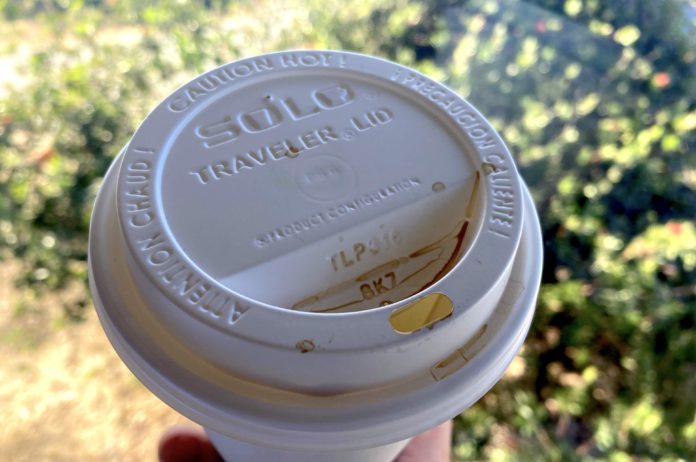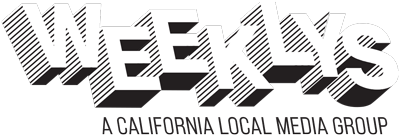
On a recent car trip, I drove across a set of railroad tracks and noticed a large white sign in bold black letters: “Do Not Stop on Railroad Tracks.”
Of course, the sign has a serious purpose. Sadly, there are people in crisis who have lain down on tracks to end their lives. But for the average driver, it’s hard not to wonder: did anyone really need to be reminded not to park their car on steel rails? Who thinks, “I’ll just sit here and wait for the 4:45 freight train to roll by”?
Warning signs have crossed into the absurd. They’re everywhere, not just to alert us of genuine hazards, but to protect institutions, businesses and municipalities from the possibility that someone might sue them for their own lapse in judgment. The result is an excess of hilarious instructions that reveal as much about our society as they do about the dangers they’re meant to prevent.
Once you start noticing them, it’s hard to stop. Consider these gems:
- On a coffee cup lid: “Caution: Contents Hot.”
- On a wheelbarrow: “Not for highway use.”
- On a stroller: “Remove child before folding.”
- On a chainsaw: “Do not hold the wrong end.”
These are real lawyer-approved warnings. They seem silly at first glance, but behind each one lurks a lawsuit or the fear of one. Someone may have burned their tongue, tried to roll down I-280 in a wheelbarrow, or wondered why their baby kept crying after being tucked into the folded stroller.
The rise of silly warning signs is tied to the rise of liability law. Manufacturers know that if there’s any chance that a consumer will misuse a product, someone will try; and if harm results, lawyers will pounce. So, companies cover themselves with signage that treats us like toddlers who need constant supervision.
The paradox is that the more signs proliferate, the less attention we pay to them. Real dangers get lost amid the noise of ridiculous ones. If everything is marked “Danger!” then nothing is dangerous.
Manufacturers know that if there’s a chance that a consumer will misuse a product, someone will try
But silly warning signs are more than legal risk sensitivity. They also reveal our mistrust of common sense and our eagerness to outsource judgments to authority figures. Instead of assuming people will know not to blow-dry their hair while showering, we feel compelled to post a sign about it.
The sillier the sign, the more viral it becomes. Social media loves a good warning sign. A park bench with a plaque reading, “Do Not Sit.” A pool sign declaring, “No Swimming if You Can’t Swim.” An airport escalator with the warning, “No Dancing.” Each one says as much about us as it does about the supposed hazard.
That railroad track sign I saw is a case in point. On the one hand, it’s obvious: you shouldn’t stop on train tracks. On the other hand, people get hit by trains every year because they stop, stall or freeze. So, the sign exists not only to state the obvious but also to remind us when panic sets in. Moreover, sadly, some people commit suicide on railroad tracks.
Some warning signs are absurdly unnecessary (Do not iron clothes while wearing them), while others are reminders dressed in clothing. The absurdity is that we’ve reached a stage where such things must be spelled out.
Maybe the best response is to embrace these signs. If we must have silly warnings, let’s get creative. How about:
- On treadmills at the Los Gatos JCC: “Warning: You will not reach your destination.”
- On mirrors: “Objects in reflection may be older than they appear.”
- On smartphones: “Excessive use may cause you to miss the beauty of the Los Gatos Creek Trail.”
- Los Gatos Town Code of Conduct: “Kindness required during comment.”
By leaning into the absurdity, we can at least laugh at the fact that society has chosen caution tape as its universal language.
The real warning is about us. When common sense erodes, when judgment is outsourced, when every cup of coffee comes with a legal disclaimer, we risk becoming numb to real dangers. Silly signs are funny, but they’re also a reminder that clarity, responsibility and discernment are in short supply.
The next time you see a sign telling you not to stop on railroad tracks, take it as both a literal safety tip and a metaphor. Don’t stop where common sense tells you to keep moving. And maybe, save a little space in your day for laughter.










Love the silly warning signs!
silly warning signs, another chance to enjoy the craziness!